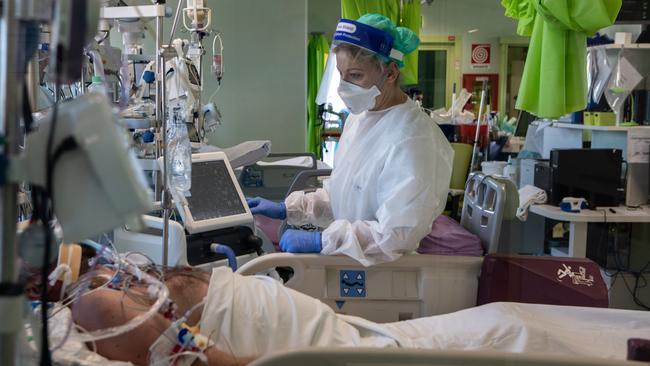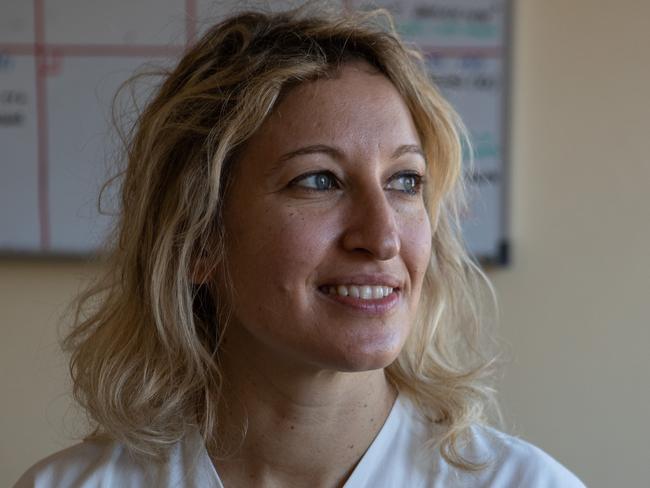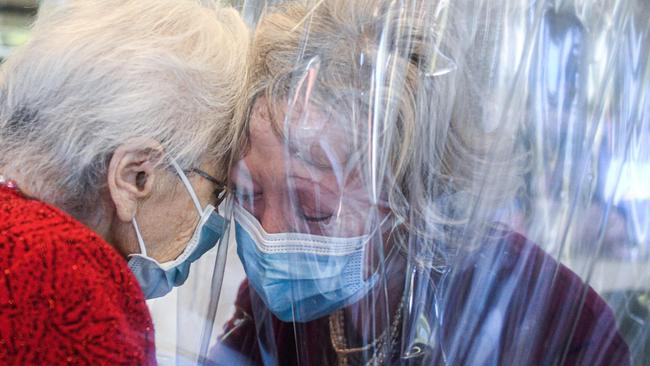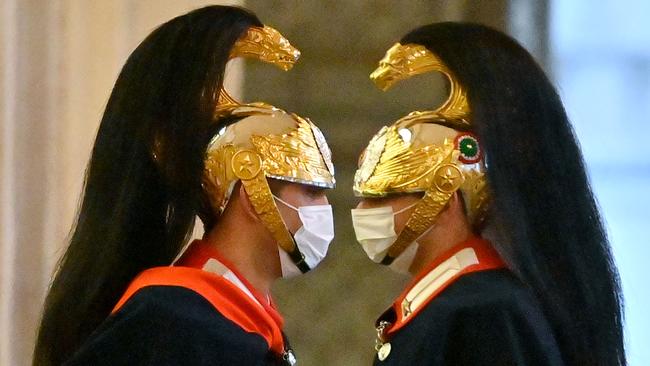Coronavirus: Italy’s balconies fall silent as new wave bites
It will be a year this Saturday since Italian doctor Annalisa Malara made a snap decision that marked the start of a new era around the world.

It will be a year this Saturday since Italian doctor Annalisa Malara made a snap decision that marked the start of a new era around the world.
Treating a patient with unusually fierce pneumonia at her hospital in Codogno near Milan, Malara, 39, ignored protocol and ordered a test for a new illness, COVID-19, even though the patient had no ties to China, which was thought to be the origin of the virus.
The positive diagnosis of Europe’s “Patient One” on February 20 heralded the arrival of locally transmitted COVID-19 on the continent and the onset of an Italian outbreak that killed 35,000 before it was curbed by a tough, disciplined 10-week lockdown.

Twelve months on, Malara is still working long shifts in Milan after Italy slipped into a second wave that has killed 59,000, far more than the first. The country now risks a fresh lockdown as the recently arrived UK variant causes nearly one case in five.
“Keeping focused when you are so tired after working for a year amid a serious emergency creates real physical and mental stress. Every day we go to work with the fear of being infected,” said Malara, who has so far stayed Covid-free.
That word “stanchezza” (tiredness) was used by almost every Italian medic, commentator and business owner interviewed about Italy’s second-wave state of mind, and many believe a new lockdown would be too much to bear.
“The arrival of new variants means a storm may be coming and a new lockdown would be the most efficient solution but it would be the least sustainable, given the social fury it would spark,” Fabrizio Pregliasco, a University of Milan virologist, said.
It seems aeons since last March, when Italians kept their spirits high and impressed the world by wearing masks and singing from their balconies, spurring hope that Italy would rebound after the lockdown with an explosion of energy similar to that which fuelled the country’s postwar boom.

But after Italians brought the virus back home from holiday discos in the northern summer, ushering in the second spike, new daily cases were peaking at 40,000 by November.
The national rate may have fallen to about 10,000 but it is rising again in areas such as Umbria in central Italy where the UK variant is spreading fast. Three million vaccine doses have been givenbut that is one fifth of the UK total.
“You can see the fatigue,” said the author and commentator Beppe Severgnini. “Italy has an underlying strength due to its national character and social structure but the reserves are almost finished.”
Unlike in the first wave, and in contrast to its neighbours, Italy did not enforce a full, national lockdown during its second wave apart from a few days over Christmas, despite the soaring death toll which has now passed 94,000, second in Europe to the UK.
Instead, depending on contagion rates, regions have been shunted up and down a three-tier system in which red means lockdown, orange means cafes and restaurants are shut and yellow means they can stay open but only during the day and must close before a 10pm curfew, which has been enforced nationwide since November.
The Times




To join the conversation, please log in. Don't have an account? Register
Join the conversation, you are commenting as Logout